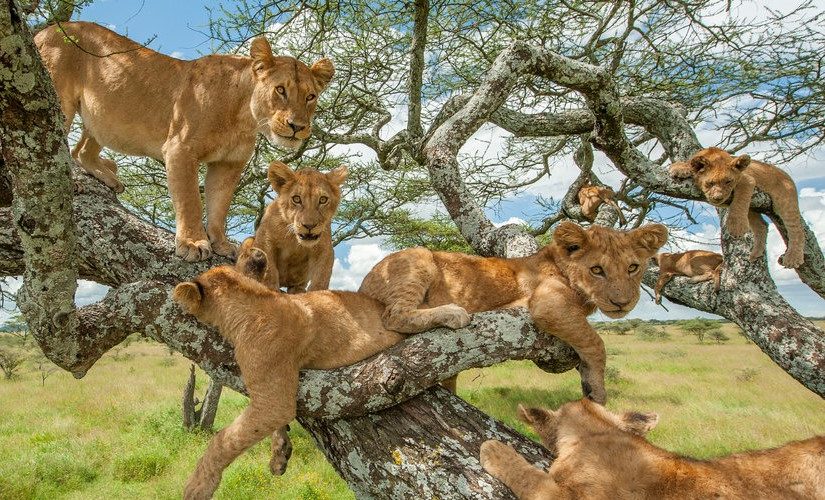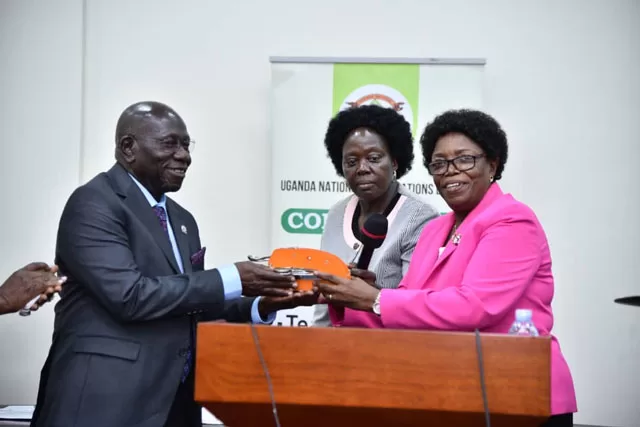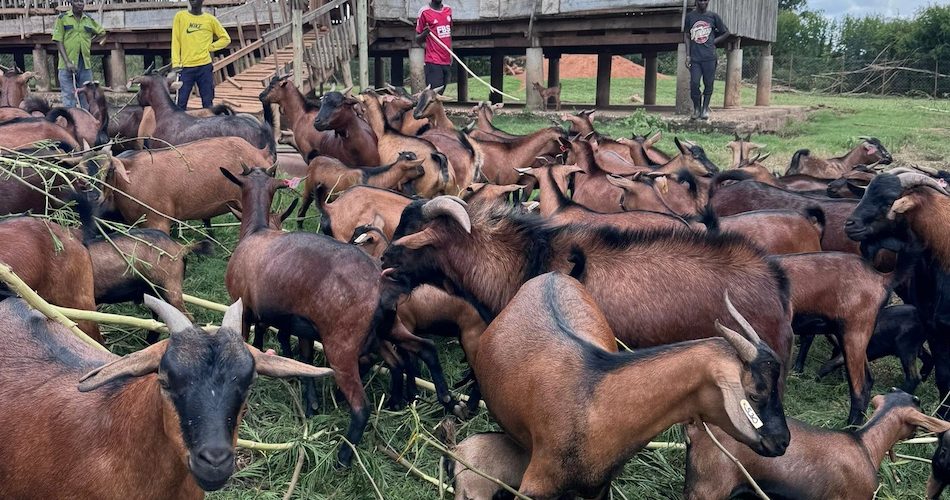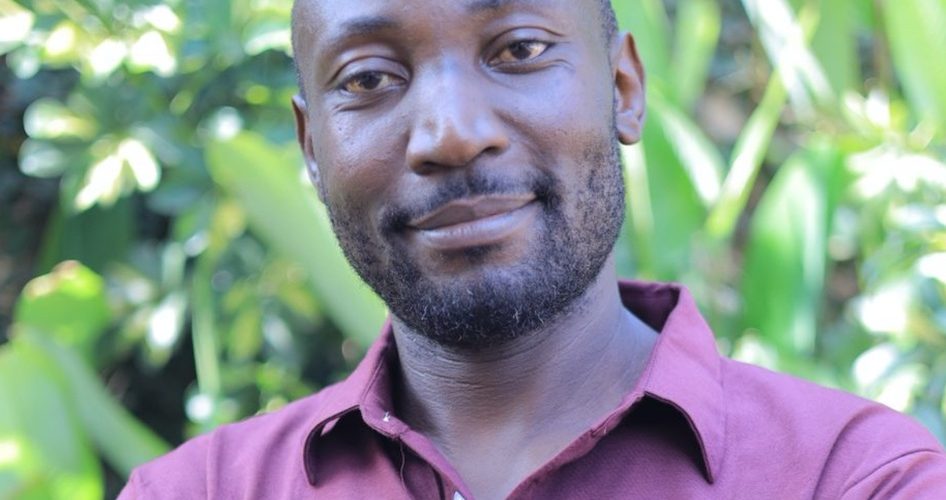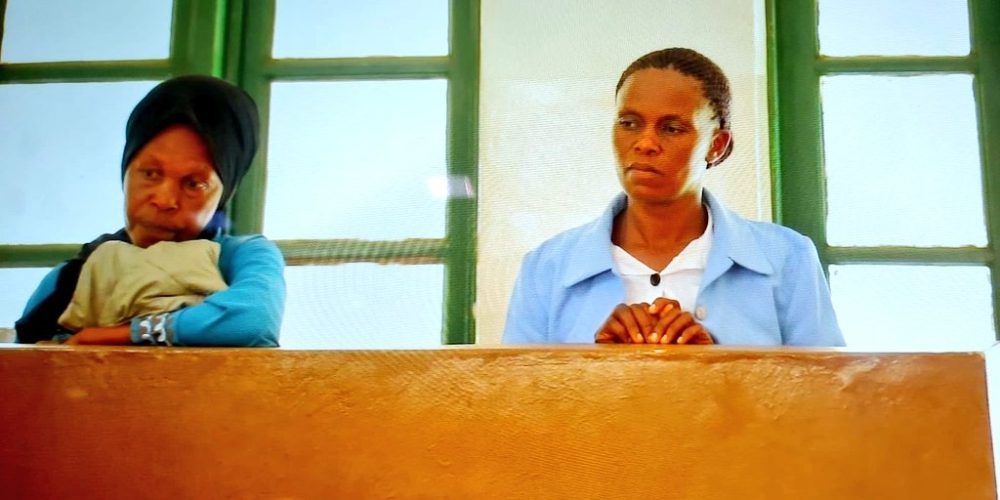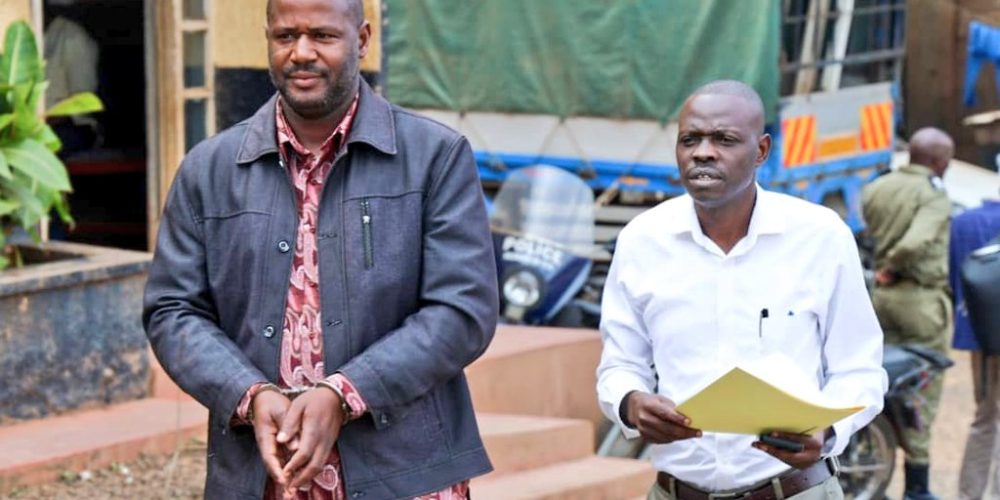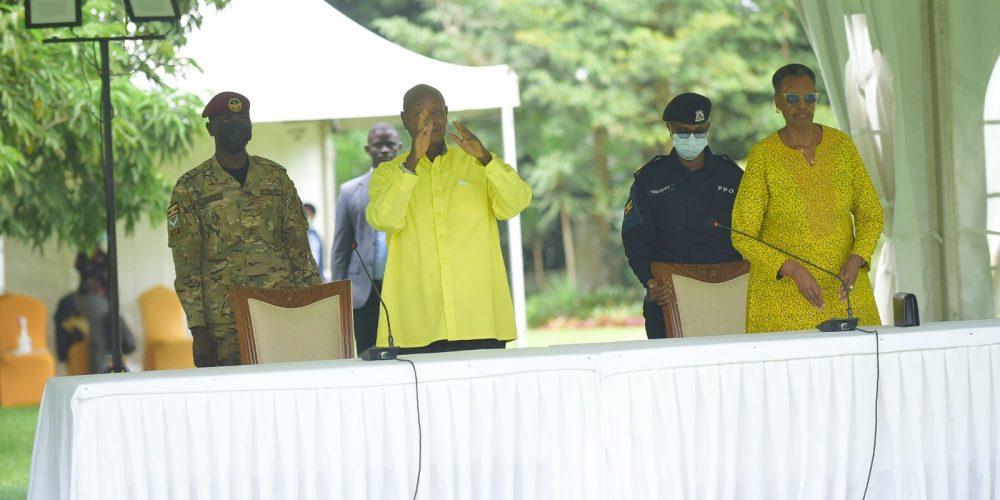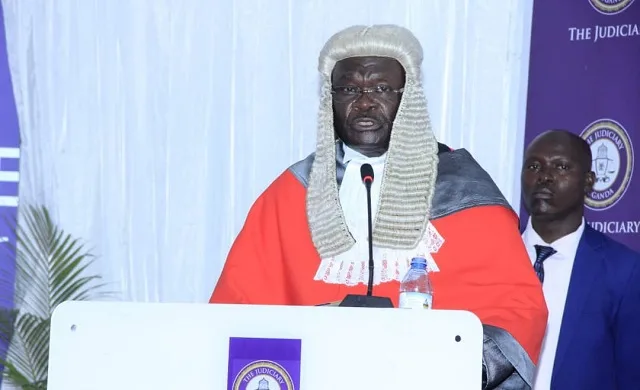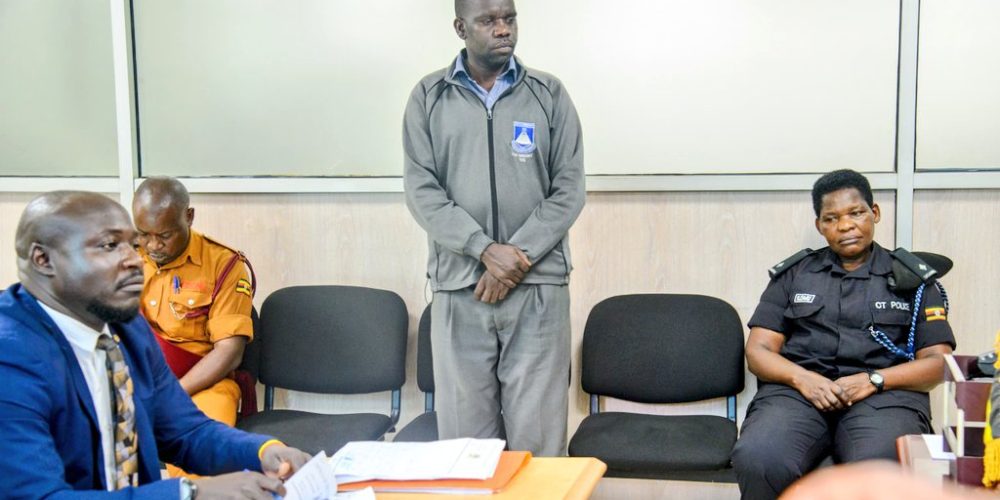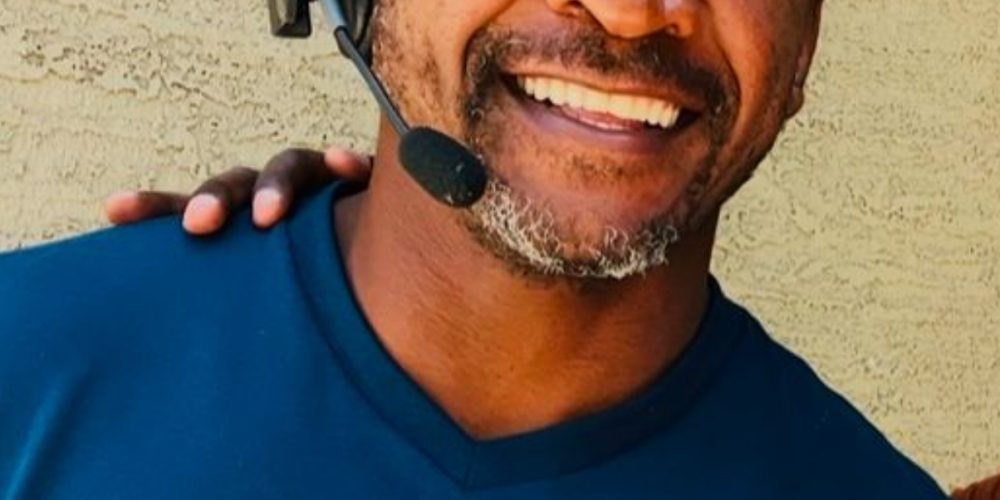NAGRC creates resilient, prolific Ugandan goats
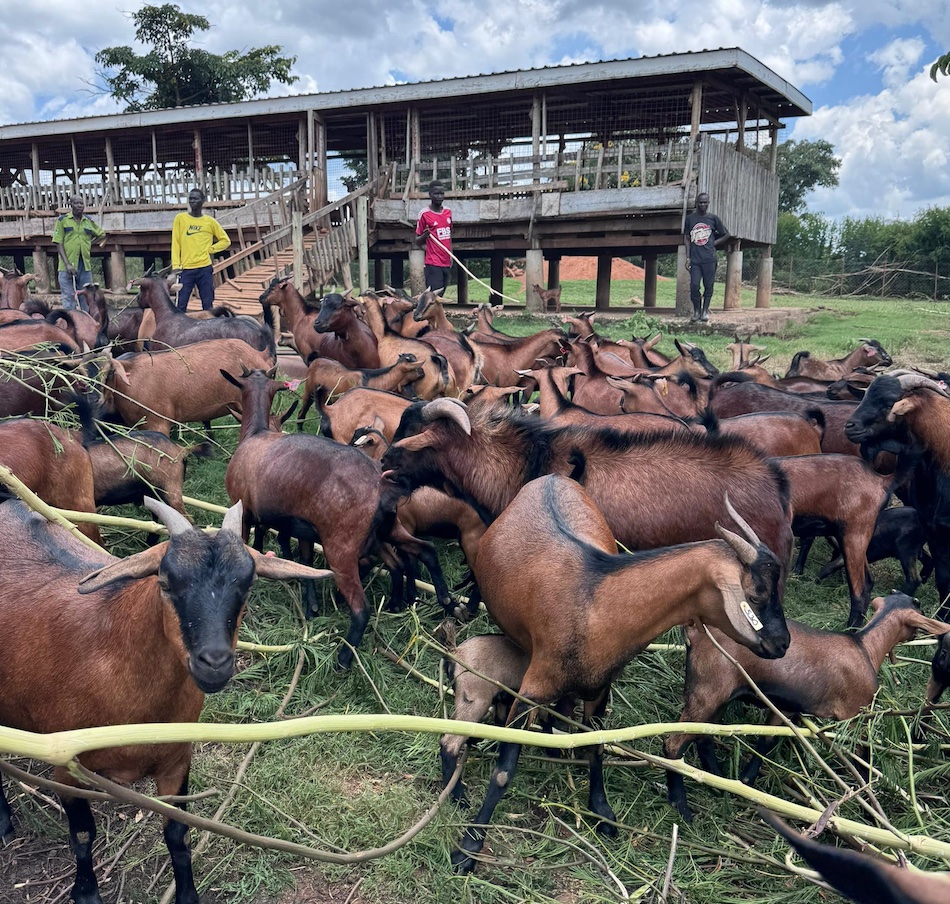
KASOLWE. In a transformative move for Uganda’s livestock industry, the National Animal Genetic Resources Centre and Data Bank (NAGRC&DB) has unveiled a new, high-performance indigenous goat breed: the Kasolwe Brown.
Developed at the Kasolwe Stock Farm in Kamuli District, this “super goat” promises to revolutionize smallholder farming and position Uganda as a regional leader in goat genetics. It represents a pivot away from costly and largely unsuccessful crossbreeding with exotic imports toward a sustainable, home-grown solution.
For years, Ugandan farmers have attempted to boost productivity by importing expensive breeding stock from countries like Southern Africa, the UK, and Switzerland. These animals were crossbred with local indigenous varieties, but the results for smallholders have been disappointing.
Exotic and crossbred animals require a stringent, expensive management regime that is simply out of reach for most small-scale farmers. Even for large-scale commercial operations, the high costs of maintaining these breeds often eroded potential profits, making them an unsustainable investment.
In fact, NAGRC&DB’s own studies found that the economic benefits from crossbreeding were not significantly different from simply practicing selective breeding within the native indigenous herds.
Recognizing this critical flaw, NAGRC&DB embarked on a long-term project to harness the inherent strengths of Uganda’s indigenous goat population.
At the Kasolwe Animal Genetic Resource Centre, scientists, in collaboration with private breeders and custodians from Kamuli and Buyende districts, have spent years systematically selecting and improving native goats. This painstaking effort, conducted through a dispersed nucleus breeding scheme, has resulted in a foundation stock of over 500 animals that breed true to a specific, high-performing type.
The Kasolwe Brown goat is not just another breed; it is a product of deliberate scientific and communal effort to create an animal perfectly suited for the African context. Its impressive list of competitive traits speaks for itself. The breed multiplies exceptionally fast, boasting high twinning rates and excellent weaning percentages.
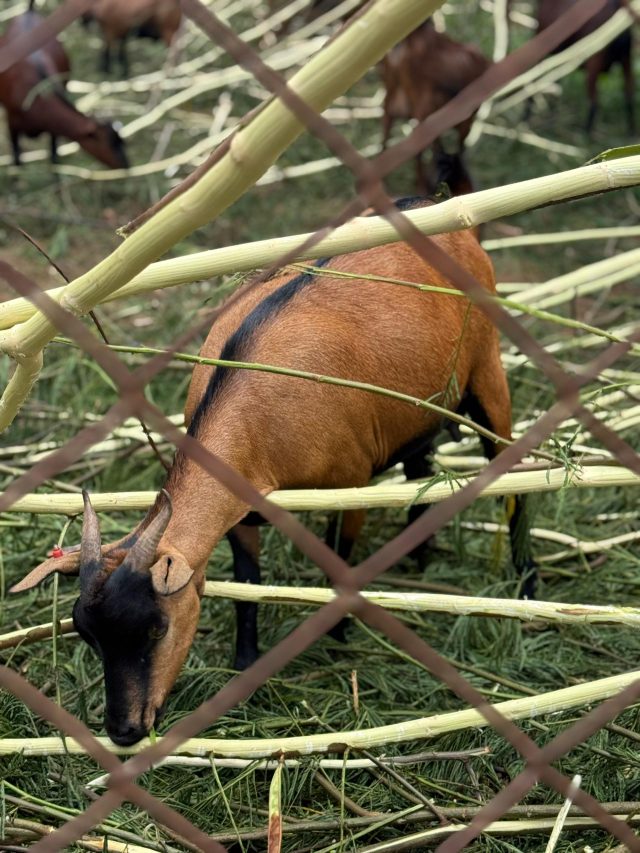
It exhibits an enhanced growth rate, gaining up to 127 grams per day, and is remarkably resilient to common diseases like Haemonchosis and Heart Water. This combination of high productivity and hardiness means the Kasolwe Brown can thrive in marginal production environments, making it an ideal choice for smallholder farmers across Uganda and Sub-Saharan Africa.
Its specific characteristics have been carefully curated through generations of selective breeding:
- A shiny dark brown hair coat that is naturally resilient to internal and external parasites.
- A distinctive black mane running from the face to the tail along the spine.
- Sturdy, stout limbs that enable movement across challenging terrain.
- A large udder size, capable of sustaining twins and triplets without needing additional supplementation.
- Horns that vary from straight in females and younger males to curved in mature males.
- The presence of wattles on the neck of females.
- Impressive size, with adult females reaching 65kg and adult males up to 75kg.
- An average daily weight gain of up to 127g/day, with kids weighing between 12 and 15kg at the typical weaning age of three months.
Comparative analyses conducted by NAGRC scientists further solidify the Kasolwe Brown’s dominance. When measured against other breeds available in Uganda, including the Savanah, Boer, Mubende, Kigezi, and Kalahari, the Kasolwe goat excelled in key productivity parameters. Its performance in twinning ability, disease resistance, weaning percentage, and adaptability to diverse agro-ecological zones was particularly remarkable.
These findings position the Kasolwe Brown not merely as an alternative, but as a potential national flagship breed capable of transforming goat farming throughout the region.
The development program has also attracted international attention, securing a crucial partnership with scientists from Makerere University and the Roslin Institute at the University of Edinburgh. This collaboration uses advanced genomic technologies to sequence and genotype the Kasolwe population, with the goal of discovering novel gene adaptations related to environmental tolerance and disease immunity.
This research is vital for safeguarding the breed’s unique traits from being diluted or lost through uncontrolled crossbreeding, a practice previously promoted by some stakeholders without a full understanding of the long-term consequences. NAGRC&DB, which hosts national and regional gene banks, plans to conserve these traits both in-situ and ex-situ for future generations.
The next phase of the project, according to Kasolwe Stock Farm manager Daniel Epinyu, is to multiply the foundation stock to a sufficient number for wider distribution. This will be managed through the newly created “Kasolwe Goat Breed Society,” a partnership between NAGRC&DB and Kasombereza Farm Solutions.
The society will ensure that this resilient and prolific breed reaches farmers in all agro-ecological zones of Uganda, fostering socioeconomic development, boosting food security, and improving the livelihoods of thousands of rural households.
Early feedback from farmers is overwhelmingly positive. Mr. Tefula, a farmer from Kamuli, praised the goats’ hardiness and rapid growth, noting they require minimal supplementation. Mrs. Kamaali from Buyende district highlighted the high twinning rate, which has dramatically increased her herd size. Another farmer, Mutiibwa, noted a significant reduction in veterinary costs due to the breed’s disease tolerance, making goat farming far more profitable.
These firsthand accounts confirm the government’s visionary approach to transforming indigenous livestock into a commercial powerhouse. It promises to reduce dependency on costly imports and establish Uganda as a hub for sustainable livestock development. As Dr. Ssengoye Gordon, NAGRC’s Technical Manager of Production, put it, the Kasolwe Brown is “going to be a game changer in Uganda’s livestock industry”.
The high value of this new breed is already evident. For years, NAGRC was forced to hire armed security to protect the breeding stock at the farm from attempted thefts, demonstrating the strong demand and community recognition of the animals’ worth. Local residents in Kamuli are expressing pride that such an innovation has originated in their area, anticipating that the Kasolwe Brown will elevate the district’s reputation as a national goat breeding centre.
With strong farmer adoption, strategic private sector engagement, and continued scientific innovation, the Kasolwe Brown goat holds immense promise. It is not only expected to transform household incomes but also to boost the national livestock economy, helping Uganda achieve its vision of becoming a net exporter of goat genetic resources to the rest of Sub-Saharan Africa. As Dr. Katali Benda, head of the NAGRC goat breeding program, confidently stated, the Kasolwe is just the beginning, with more locally developed breeds on the horizon to support the sustainable commercialization of goat farming.











